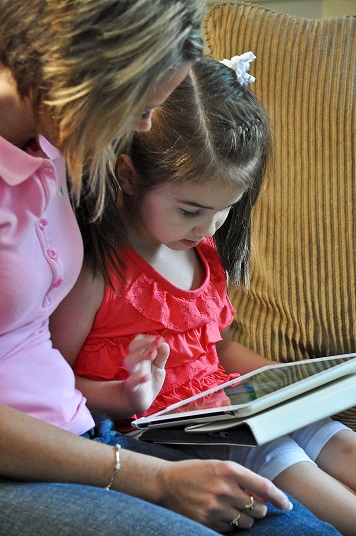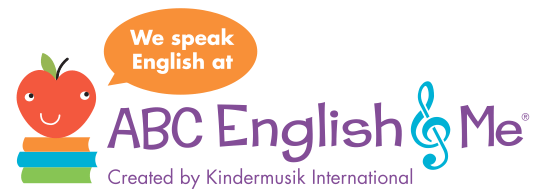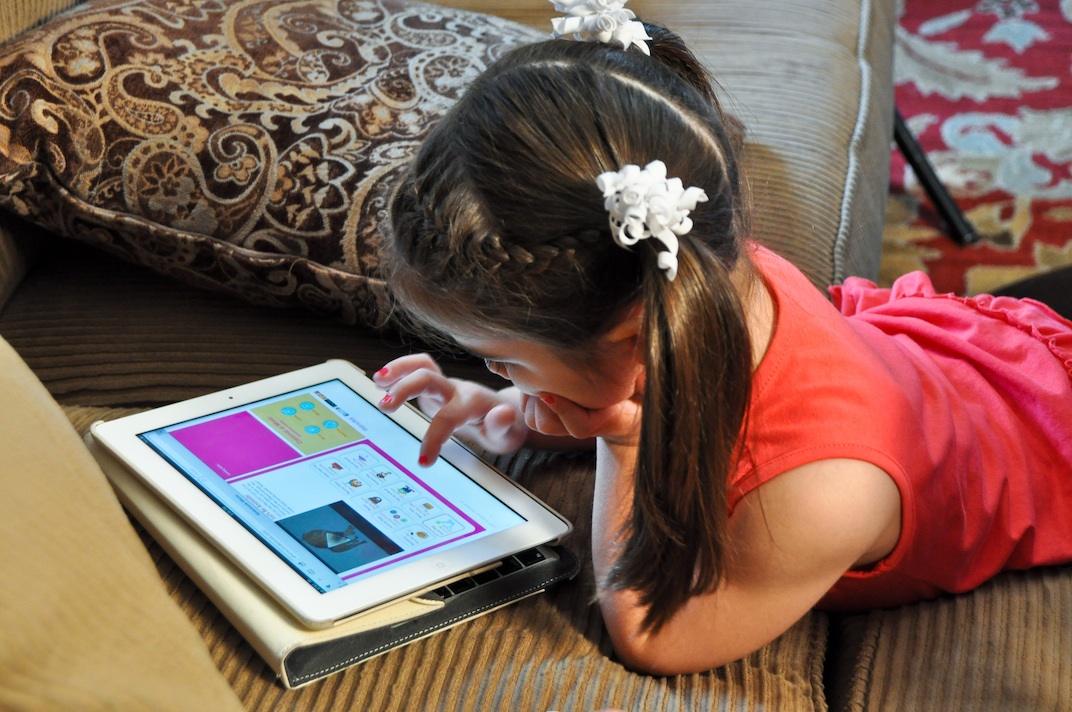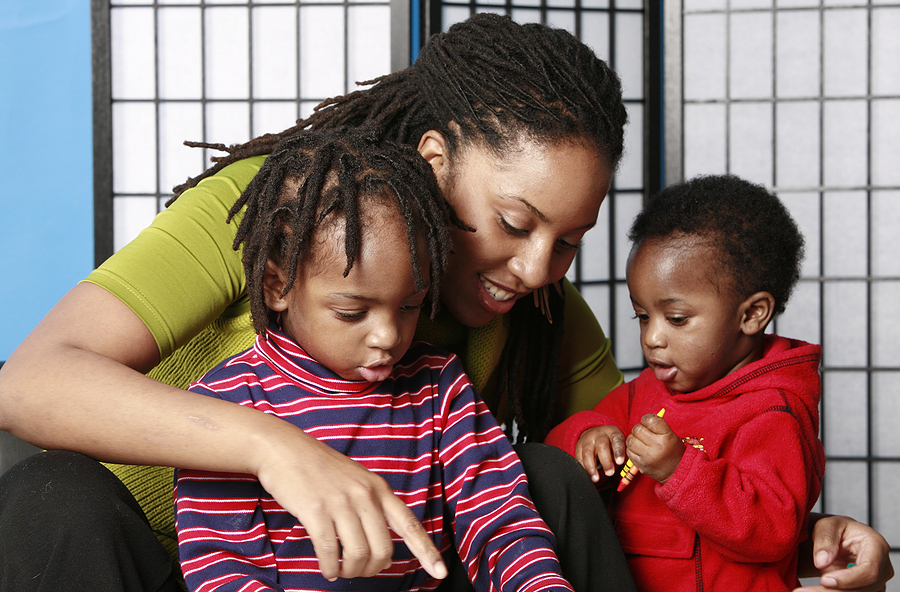 When it comes to all things technological, today’s kids seem to be genetically predisposed to easily understanding and assimilating anything tech related. They usually know which buttons to push before their parents do, even if it’s the first time they’ve had the remote control or device in their hands!
When it comes to all things technological, today’s kids seem to be genetically predisposed to easily understanding and assimilating anything tech related. They usually know which buttons to push before their parents do, even if it’s the first time they’ve had the remote control or device in their hands!
A new study finds that a staggering two-thirds of kids between the ages of 2 and 13 years are now reading e-books, an increase of over 50% from a similar study conducted just about a year ago.
We’re proud to say that Kindermusik International, the world’s leader in early music and movement learning, is already ahead of the curve. They’ve been publishing musical e-books to complement their @Home Materials for several years now. Kindermusik is a huge advocate of parental choice about the amount of screen time and have aligned themselves with that of the highly respected NAEYC and the Fred Rogers Center for Early Learning, recognizing that children can benefit from a responsible and age-appropriate use of technology in combination with hands-on experiences and in partnership with an actively involved caregiver.
With that in mind, we’d like to share these excellent tips from the Reading Rockets website for reading e-books with young children :
- “Recognize the novelty factor. The first few times your child is interacting with a new e-book, allow time for exploration of the features. Once your child has spent some time exploring, set out to read or listen to the story without too many non-story related interruptions.
- Enjoy the features, but don’t forget to focus on the story. See if you can help your child find a balance between having fun with the games and sticker books and really enjoying and understanding the story. As with all books, engage your reader in conversations about the story. ‘What do you think will happen next? What is your favorite part of the story?’
- Stay present with your child and the book experience. It’s tempting to let the device do the work — read the story, play a game and interact with your child. But there’s no substitute for quality parent-child conversation. Keep talking, commenting on interesting words and ideas, and sharing your love of literacy with your child.”
 Learn more about Kindermusik and the delightful Home Materials that are part of every enrollment! Start with a free Preview Class today.
Learn more about Kindermusik and the delightful Home Materials that are part of every enrollment! Start with a free Preview Class today.











